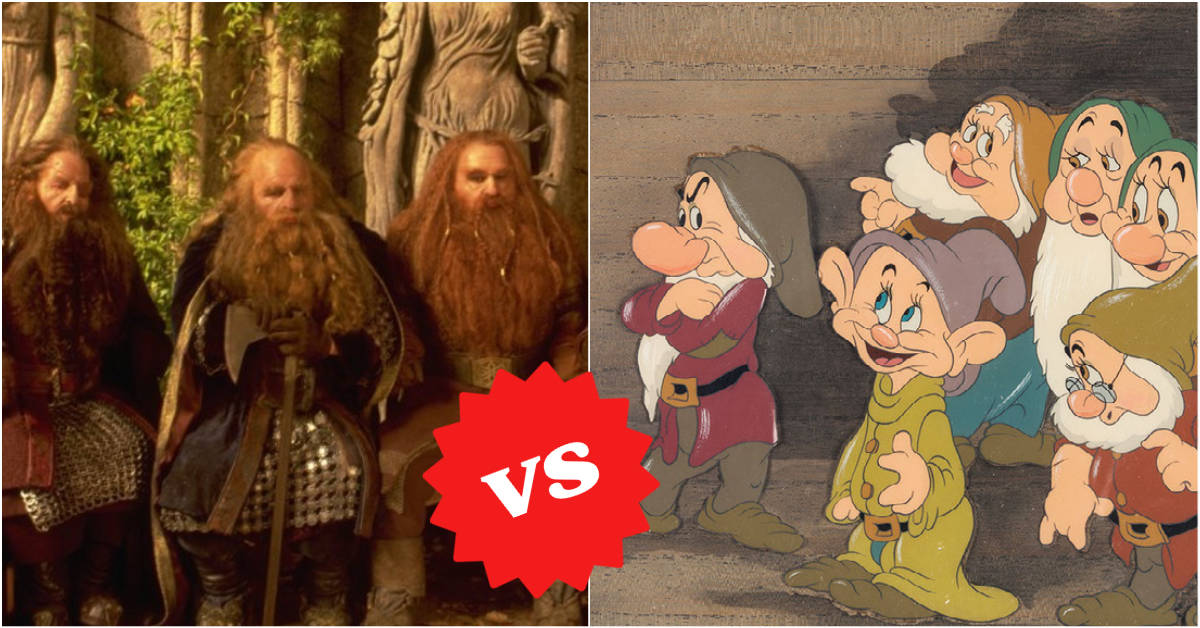There is dislike, and then there is a feud, which takes mere dislike, feeds and nurtures it over a protracted period, and plunges it into deeper, darker, and more bitter places. For example, only a feud could explain that time when Prince, after he got humiliated by Michael Jackson in public, tried to run the King of Pop over with a limousine. Following are thirty things about that and other feuds from history.

30. The Literary Frenemies Who Bonded Over Their Disdain of Disney
J.R.R. Tolkien, the author of The Hobbit and creator of the Lord of the Rings universe, was a good frenemy of C.S. Lewis, the author of Narnia. The duo had religious differences and often got into nerdy spats as they argued about the minutiae and nitty-gritty of Middle Earth versus Narnia. One thing, however, brought them together in perfect agreement: a mutual loathing of Walt Disney. With the passage of time, Lewis mellowed out a bit on the Disney hate, but Tolkien kept the fires of his disdain going strong and stoked a feud that lasted for decades and until his dying day.

It began in 1938 when the two authors went out together to see Snow White and the Seven Dwarfs. Lewis did not think kindly of Disney and his movie. As he put it: “Dwarfs ought to be ugly of course, but not in that way. And the dwarfs’ jazz party was pretty bad. I suppose it never occurred to the poor boob that you could give them any other kind of music … What might not have come of it if this man had been educated-or even brought up in a decent society?” Overall, he thought the whole thing was lowbrow comedy. That was mild compared to Tolkien’s take.

